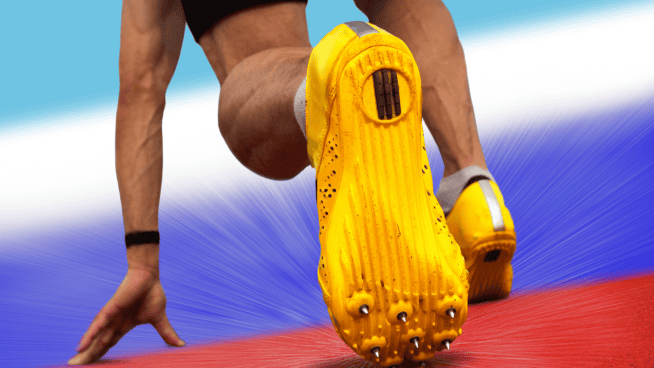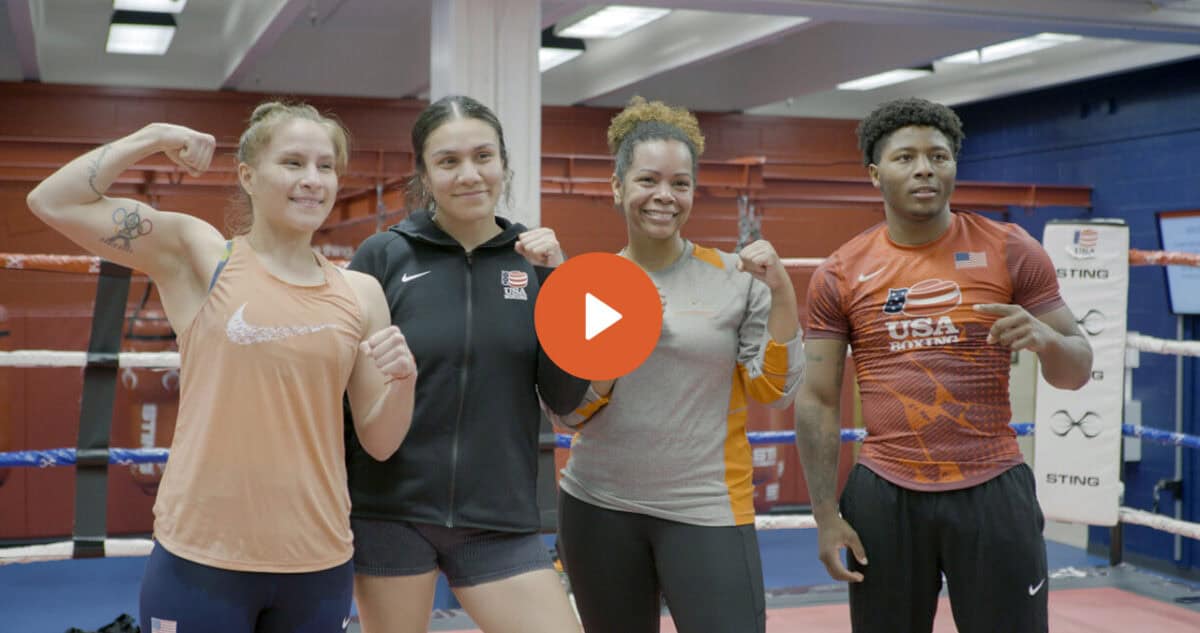Volleyball Workout Do’s and Don’ts
Volleyball has specific physical demands. You must have speed, power and agility with short rest intervals. Since you don’t want to waste time training skills that won’t help you in your sport, let’s look at some common volleyball workout practices and explore better options.
Volleyball Conditioning
Don’t: Do distance running.
Playing volleyball is not the same as running a marathon. You need low-intensity training for the aerobic base you need for health and conditioning.
Do: Interval sprinting for 20 to 50 yards.
Training intensity for each sprint should be between 90 and 100 percent. Rest intervals should be the time it takes to walk back to starting point. Perform 10 to 15 sprints on two to three non-sequential days each week during the pre-season and one or two days a week during the season.
Don’t: Perform plyometrics in-season.
Plyometrics train the nervous system to fire explosively by loading a jump with a counter movement. They require a big time commitment, are hard on the body and take a while to show results, so it’s best to attempt them in the off-season.
RELATED: 2 Challenging Volleyball Conditioning Drills
Volleyball Core Strength
Don’t: Do Sit-Ups and Crunches.
Volleyball players need a strong core, but Sit-Ups and most commonly performed stomach exercises flex the spine forward. When overdone, these exercises create posture issues and cause incorrect movement patterns. Jumping, landing and cutting safely require a braced core and a straight spine, not a flexed one.
Do: Stability work.
Develop your internal core stabilizing muscles with variations of Planks and Bridges. A stable midsection allows you to transfer force through your body and aids in the development of movement mechanics that protect your knees. Three to five sets (30 to 45 seconds per set) of Planks alternating with Bridges several times a week will help you develop a rock-solid core.
Vertical Jump Improvement
Don’t: Jump on really big boxes.
Even though Box Jumping is a YouTube fad, tucking your knees to jump onto a giant box does nothing to improve your vertical.
Do: Increase lower body and kinetic-chain strength.
Vertical jump is all about ground force production, core stability and quick hips, not seeing how high you can tuck your knees. To improve your jumping ability, you need to do Deadlifts, plus Squats for hip and leg strength and Kettlebell Swings for hip quickness. A few sets of these exercises performed a couple of times a week will promote a significant increase in your vertical.
Volleyball Strength Training
Don’t: Train on machines because they are safer. They may be safer, but they are not more effective. Bodybuilder-style training on strength machines isolates individual muscle groups and does not develop muscular coordination or a chained neuromuscular response.
Do: Train with free weights (under proper supervision). Athletes move by coordinating a chained response from multiple muscle groups, producing ground force and channeling this force through their cores. Free-weight training via Squats, Front Squats and Kettlebell movements not only reinforces athletic movement but also help to develop balance.
Read more:
RECOMMENDED FOR YOU
MOST POPULAR
Volleyball Workout Do’s and Don’ts
Volleyball has specific physical demands. You must have speed, power and agility with short rest intervals. Since you don’t want to waste time training skills that won’t help you in your sport, let’s look at some common volleyball workout practices and explore better options.
Volleyball Conditioning
Don’t: Do distance running.
Playing volleyball is not the same as running a marathon. You need low-intensity training for the aerobic base you need for health and conditioning.
Do: Interval sprinting for 20 to 50 yards.
Training intensity for each sprint should be between 90 and 100 percent. Rest intervals should be the time it takes to walk back to starting point. Perform 10 to 15 sprints on two to three non-sequential days each week during the pre-season and one or two days a week during the season.
Don’t: Perform plyometrics in-season.
Plyometrics train the nervous system to fire explosively by loading a jump with a counter movement. They require a big time commitment, are hard on the body and take a while to show results, so it’s best to attempt them in the off-season.
RELATED: 2 Challenging Volleyball Conditioning Drills
Volleyball Core Strength
Don’t: Do Sit-Ups and Crunches.
Volleyball players need a strong core, but Sit-Ups and most commonly performed stomach exercises flex the spine forward. When overdone, these exercises create posture issues and cause incorrect movement patterns. Jumping, landing and cutting safely require a braced core and a straight spine, not a flexed one.
Do: Stability work.
Develop your internal core stabilizing muscles with variations of Planks and Bridges. A stable midsection allows you to transfer force through your body and aids in the development of movement mechanics that protect your knees. Three to five sets (30 to 45 seconds per set) of Planks alternating with Bridges several times a week will help you develop a rock-solid core.
Vertical Jump Improvement
Don’t: Jump on really big boxes.
Even though Box Jumping is a YouTube fad, tucking your knees to jump onto a giant box does nothing to improve your vertical.
Do: Increase lower body and kinetic-chain strength.
Vertical jump is all about ground force production, core stability and quick hips, not seeing how high you can tuck your knees. To improve your jumping ability, you need to do Deadlifts, plus Squats for hip and leg strength and Kettlebell Swings for hip quickness. A few sets of these exercises performed a couple of times a week will promote a significant increase in your vertical.
Volleyball Strength Training
Don’t: Train on machines because they are safer. They may be safer, but they are not more effective. Bodybuilder-style training on strength machines isolates individual muscle groups and does not develop muscular coordination or a chained neuromuscular response.
Do: Train with free weights (under proper supervision). Athletes move by coordinating a chained response from multiple muscle groups, producing ground force and channeling this force through their cores. Free-weight training via Squats, Front Squats and Kettlebell movements not only reinforces athletic movement but also help to develop balance.
Read more:
[cf]skyword_tracking_tag[/cf]










